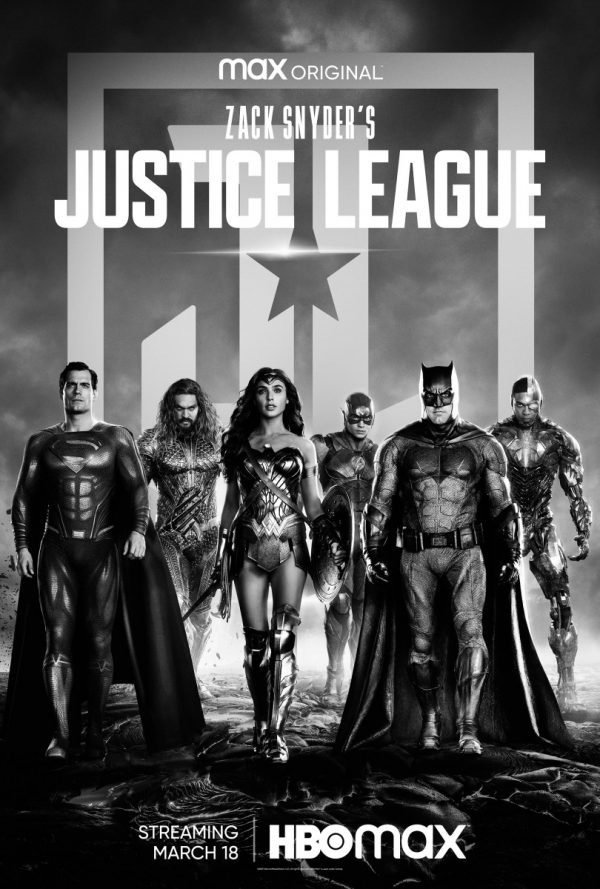
Zack Snyder might be the modern action director who would have felt most at home in the silent era. Not necessarily because he’s a visual storyteller — though he is that, at times — but because of his heartfelt fondness for big, simple emotions. The much-mocked “Martha!” climax of Batman v Superman, wherein Batman (Ben Affleck) and Superman (Henry Cavill) stopped fighting when they realized their moms had the same name, is a moment of pure, unabashed melodrama that could have easily shown up in a classic Lillian Gish picture. (That line itself — “Martha!” — would work so much better as an intertitle than as actual dialogue.) This is one of the charms of Snyder’s work, and it’s one of the charms of Zack Snyder’s Justice League, a.k.a. “the Snyder Cut,” which is itself now a myth made real, an abandoned piece of the past suddenly come back to life on HBO Max. Not unlike, well, something out of a Zack Snyder movie.
But you have to take the good with the bad. The Snyder Cut sprawls, and it scatters, and it loses itself in storylines. The film is a back-breaking four hours and two minutes long (in contrast to the compromised, two-hour 2017 theatrical release version of Justice League, which was heavily reshot and reedited by the now-disgraced Joss Whedon), and it should probably be three. There are times when you’re convinced it’s entering the final act, only to realize there are still more than two hours to go. But lose all these melodramatic curlicues and oversized narrative distractions, and you’d lose what makes the film special. There, in its great, glorious bloat, lies the movie’s heart.
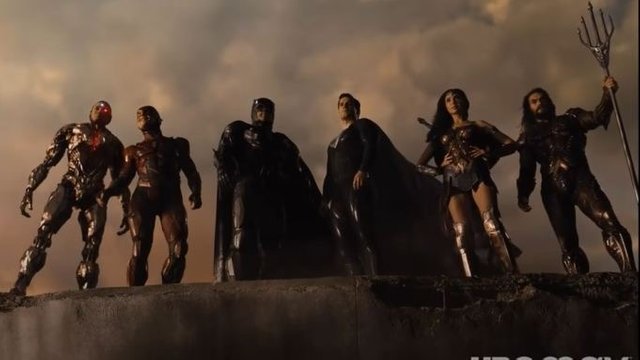
Take one example. Early on, we’re introduced to one of our heroes, Cyborg, a.k.a. Victor Stone (Ray Fisher), through a long series of flashbacks that begins with him standing at a window, looking out at a group of kids playing football in the street and remembering his own days as a star college quarterback. We see him dodging tackles and running and scoring (all in slow motion, naturally) as the crowd cheers. Amid the celebration, he spies in the stands an empty seat next to his mother: the seat where his workaholic scientist father (Joe Morton) should have been. Then we cut to Victor arguing with his mom in the car on the way home about his dad’s not being there. During their argument, Mom takes her eyes off the road, and sure enough, another car crashes into them. Cut to the hospital. Mom is dead, and a comatose Victor is about to die. His grieving, desperate father decides to rebuild him; we are now in the dad’s flashback, as Snyder continues to stack tragedy upon tragedy.
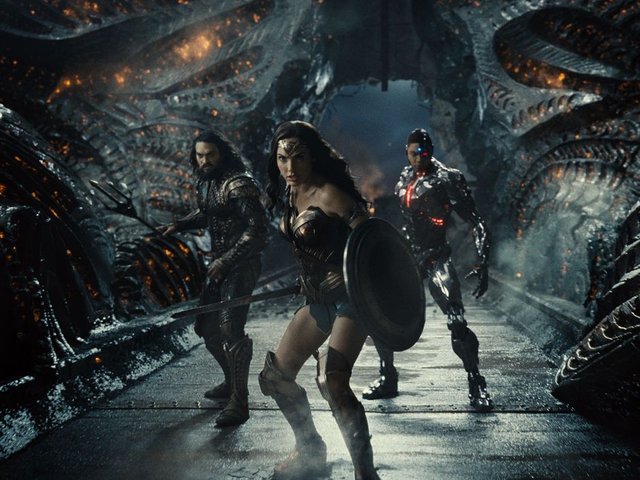
Not long after that series of flashbacks, Cyborg, who has the power to control all the world’s machines and electronic systems, sees a kindly waitress and single mom struggling to make ends meet. (We know this because he watches her, through security-cam footage beamed into his brain, as she gives money to a street busker and then sorrowfully mulls a box of food at the supermarket before putting it back on the shelf.) He sees her get evicted from her apartment. He sees that she only has ten dollars in the bank. With a simple wave of his hands, he adds $100,000 to her ATM balance. The technology might be modern, but the sensibility here is straight out of Dickens.
Cyborg’s narrative in the theatrical release of Justice League was frustratingly abbreviated; there was a moving father-son dynamic, but clearly, much of the character had been left on the cutting-room floor. (Full disclosure: I didn’t hate the theatrical release of Justice League. It was a mess, to be sure, but the mix of Snyderian sincerity and Whedonian irony occasionally worked for me.)
The Snyder Cut restores Cyborg’s storyline in all its earnest, melancholy glory. You can understand why length-concerned executives might have wanted it gone. These are broad, basic emotions — too broad and basic, perhaps, for even your average superhero spectacle — and they eat acres of screen time. But it’s also the best stuff in the film. Snyder thinks his work is unremittingly dark and edgy and twisted — “I would rather fuck you up in a movie than make it nice and pretty for everybody,” he recently told the New York Times — but what’s most striking about the Snyder Cut is its innocence, its almost embarrassing (and often adorable) emotional purity.
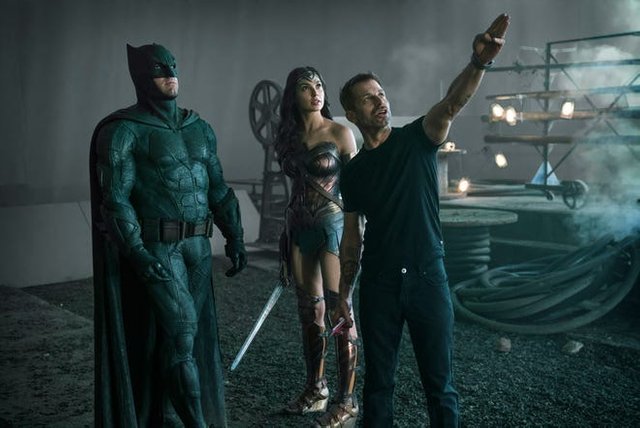
Meanwhile, the actual story of Justice League — the one about yet another alien invasion of Earth, and yet another bad guy from beyond trying to obtain yet another series of magic objects — is its least interesting part. One might even argue that it’s even less interesting today than it might have been in 2017, since the film’s overvillain, Darkseid (who was mostly absent from the earlier cut), bears more than a passing resemblance to Marvel’s Thanos, the chief antagonist of the most recent Avengers cycle. In the comics world, of course, Thanos was something of a Darkseid ripoff. (We could argue about this all day.)
Much of the fighting in Justice League still occurs against Darkseid’s emissary, the disgraced intergalactic demon Steppenwolf (Ciaran Hinds, even more unrecognizable here than he was in the earlier cut). This new version of the film makes Steppenwolf’s plans clearer; elaborates on his complicated relationship with Darkseid; and sets up a whole other thing that Darkseid wants (the “anti-life equation,” which doesn’t sound very nice at all) and would have presumably attempted to seize in an eventual, now evidently aborted sequel. It’s all apparently in the comics. I can’t say that I cared for any of it.
In truth, I’ve never been the world’s biggest Zack Snyder fan. His work can be moving, but it’s often undone by his ponderous, overbaked, slow motion- and CGI-heavy style. (I vastly prefer the more anxious, less reverential Christopher Nolan school of grimdark superhero cinema, which is probably why my favorite Snyder title is still Man of Steel.) And the Snyder Cut might be the slo-mo-iest, CGI-iest entry in the man’s oeuvre. It opens with an absurdly long, lightning bolt–filled sequence showing the literal shockwaves sent across the planet and universe by Superman’s death at the end of Batman v Superman. While this does relate to later developments in the new film (and is thus not entirely pointless), it’s still total overkill.
Snyder doesn’t seem to have an evocative or nuanced bone in his body. Why should he give us a mere glimpse of Nordic townsfolk mournfully singing as Aquaman (Jason Momoa) returns to the sea, when he can give us the whole song? Why simply show us the “arrow of Artemis” that Queen Hippolyta (Connie Nielsen) shoots to warn her daughter Wonder Woman (Gal Gadot) about impending danger, when he can depict every minute step of the elaborate ritual the Themysciran warriors enact to unveil the arrow, light its flame, and so on? Why give us people fighting in real time when he can give it to us in slo mo (and then, at random moments, speed-ramp down so the slo mo becomes even slower mo)? Is he having a laugh? He might well be. The wailing that suddenly pops up on the soundtrack whenever we see Wonder Woman certainly reaches self-parodic moments.
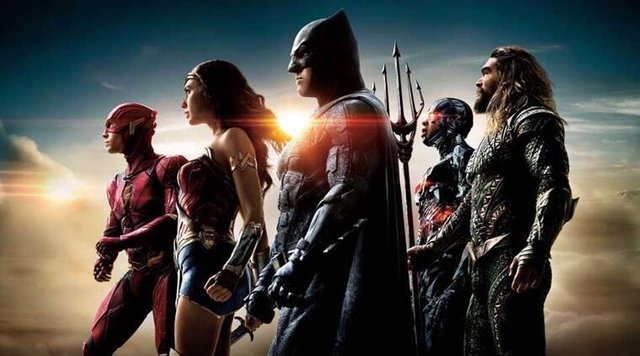
But no, Snyder wholeheartedly embraces this stuff, and there’s nothing cynical about his indulgence: He believes that superheroes directly tie into our ancient myths and religious symbols, and he wants to make the rest of us believe, too. He repeatedly goes overboard with the ritual and the portent and the stone-faced gravity, but it’s hard not to respect the guy; nobody has bought into the superhero ethos more than he has. These are not paycheck gigs for him. This is about as personal as it gets.
And it’s maybe more personal than ever. As is well-known by now, Snyder’s departure from Justice League was tragic: He had lost his daughter and didn’t feel up to fighting the studio on all the changes they wanted while also dealing with his grief. The film’s plot was already suffused with loss and traumatized families; so many superhero tales are, but this one, with its overlapping tales of children and parents lost, was something else altogether. It’s not hard to look at this latest cut, the product of $70 million worth of VFX, reedits, and reshoots, and sense a newfound power in its vision of sacrifice and tragedy, in which parents toil to save their children, children toil to save their parents, where the dead rise, and where shattered pasts are rewritten and redeemed. The Snyder Cut has its share of problems — when you get the best of Snyder, you also get the worst — but it’s an undeniably passionate and moving work. It earns its self-importance.
Source: https://bit.ly/3vD0Cj8